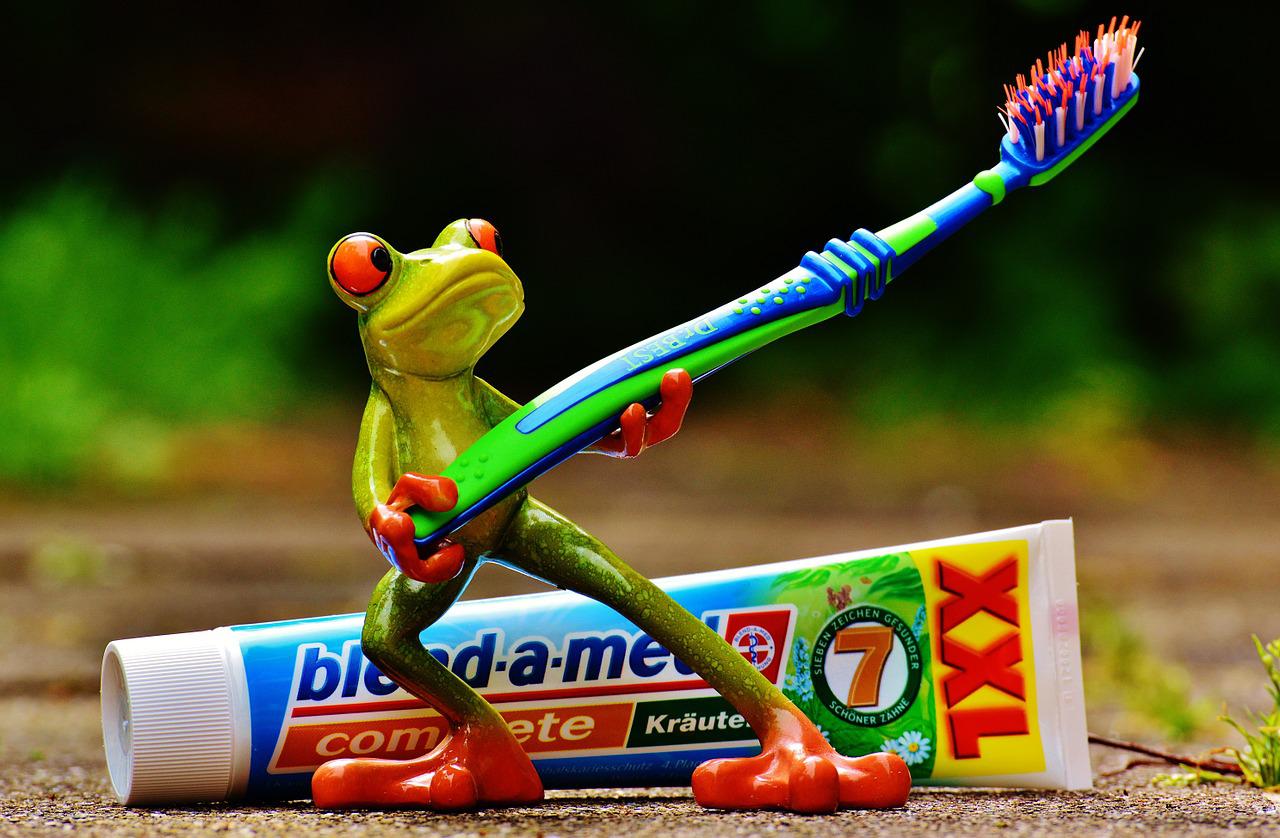As Earth Day is observed today, April 22, it’s worth looking at a few easy ways to add a little green to our dental routine. But where should one start?
How about with the most common weapon against plaque, cavities and gum disease: the toothbrush.
Believe it or not, the average person goes through three to four toothbrushes every year. This means that over the course of your lifetime, you will likely dispose of more than 300 total brushes. Or will you?
For those seeking a more environmentally conscious route for toothbrushes that have become long in the tooth, consider these hacks:

• Use it to fight fly-aways. By spraying the bristles with hairspray, you can use a toothbrush to gently push back unruly hairs along the hairline without messing up your ‘do.
• Brow them up versus bowing them out. Using the same method above, an old toothbrush can easily become an effective eyebrow brush.
• Transform it into a lip loofa. The next time you apply lip balm, use a dry toothbrush as an exfoliator to gently scrub off dead skin before washing away or wiping with a towel. Voila, a more perfect pout!
• Use multiple brushes to let out your inner Picasso. Grab some paint and give them new life as art instruments.
• Make the brush do your dirty work. Using a toothbrush as a cleaning tool can help tidy up most nooks or crannies with ease. They are especially adept at cleaning appliances, windowsills, keyboards, grout, shoe soles and even hairdryers.
Beyond re-imaging your old toothbrushes, you might also consider using a more sustainable option from the onset. Recently, researchers at Trinity College Dublin studied the carbon footprint of the four most common types of toothbrushes – electric, standard plastic brushes, plastic brushes with replaceable heads and bamboo brushes – and the results might surprise you.
The electric toothbrush? Not the winner.
The study found that due to the process of making an electric toothbrush, it is far less environmentally friendly than a plastic brush. It also found that the bamboo brush, which seems the most sustainable by the nature of its appearance, wasn’t the best option either. In the end, a traditional toothbrush made using recycled plastic came out victorious.
Once you have the right brush, you should also pay attention to what you are doing while brushing. Among the easiest ways to help the environment while fighting plaque:
• Turn off the water while brushing, turning it back on only to rinse your mouth and the brush. Turning off the water while brushing your teeth can save four to eight gallons of water per person, per day. That’s more than 1,460 gallons of water per year!
• Slow down. Brushing hard and fast isn’t just rough on your gums; it breaks down your toothbrush far sooner, requiring more often replacements. Plus, ouch!
And finally…floss! By flossing regularly, you will help prevent major dental work, which not only saves you money, but reduces your carbon footprint as well.
For more advice on oral health, in general and additional sustainable practices, visit www.deltadentalazblog.com




